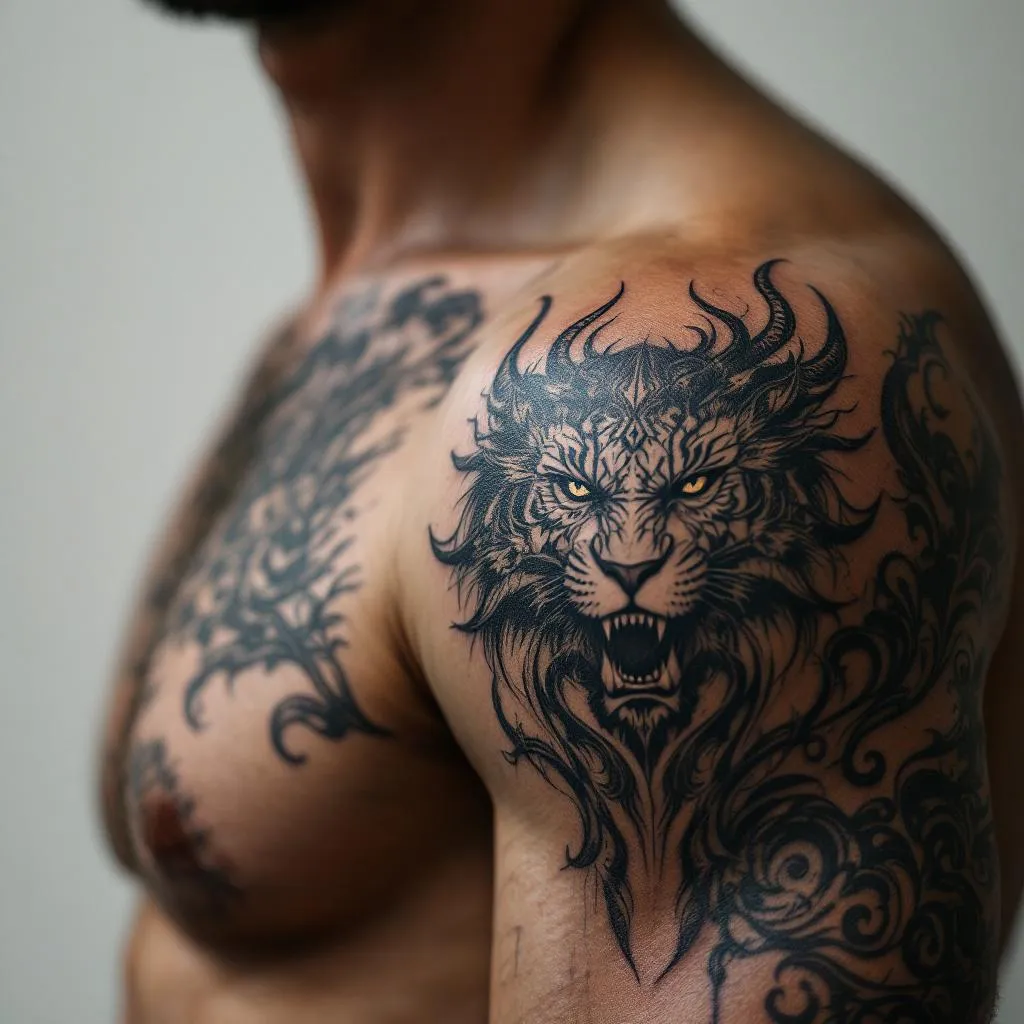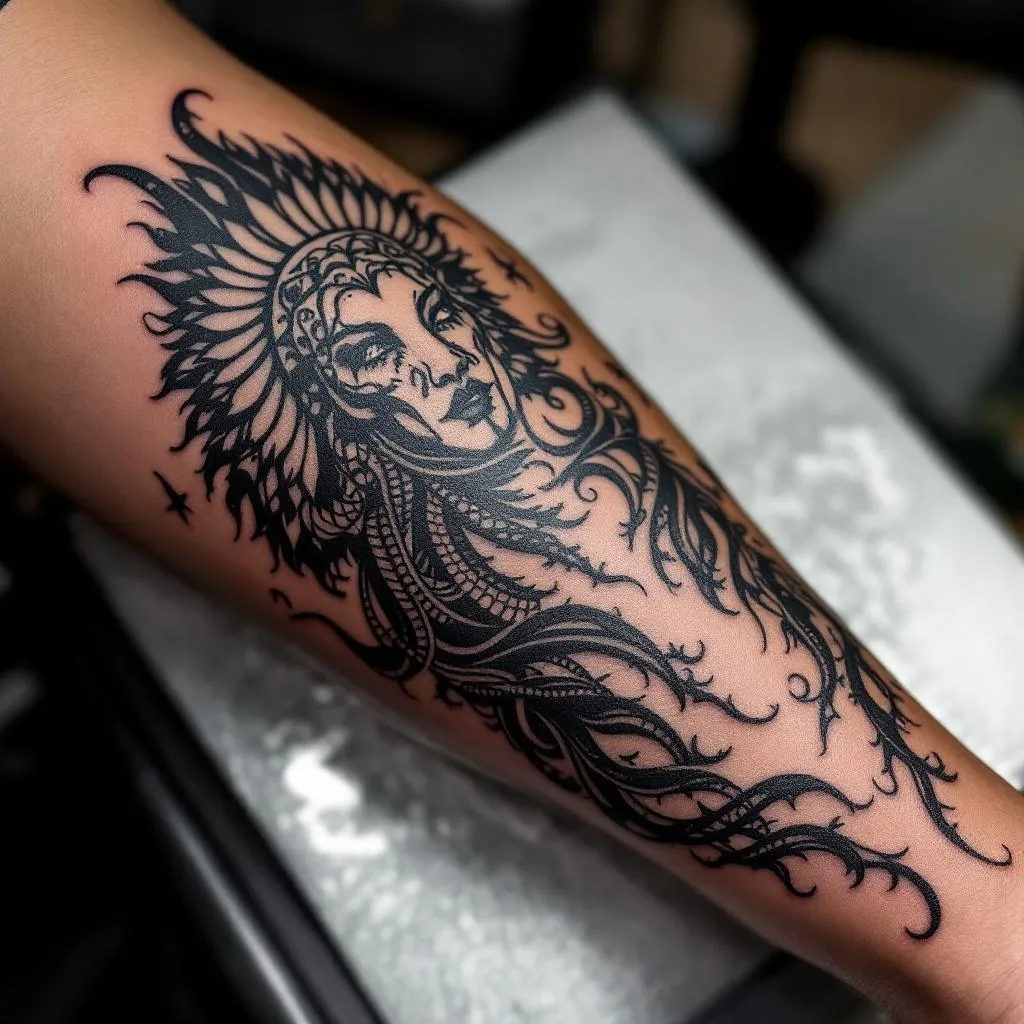Tribal Tattoo Ideas
Rich in history and symbolism, tribal tattoos feature bold patterns that celebrate cultural heritage and personal strength.
Tribal tattoos are some of the oldest forms of body art, originating from various cultures around the world. They often symbolize heritage, identity, protection, strength, and spirituality. Each tribal design holds unique meanings, often tied to the traditions and beliefs of the culture it originates from. Tribal tattoos also represent connection to ancestors and storytelling through intricate designs.
Frequently Asked Questions
Tribal tattoos have been used for centuries by indigenous cultures as a form of storytelling, spiritual expression, and tribal identity. They were also used to signify social status, achievements, and rites of passage.
Tribal tattoos symbolize strength, courage, protection, heritage, and a connection to one’s cultural or spiritual roots.
Yes, many tribal tattoo styles are tied to specific cultures, such as Polynesian, Maori, Native American, and African tribes, each with unique meanings and designs.
While anyone can get a tribal tattoo, it’s important to research and respect the cultural significance of the design to avoid cultural appropriation.
Common designs include geometric patterns, spirals, animal motifs, and natural elements such as the sun, waves, and trees.
Yes, tribal tattoos often carry deep spiritual meanings, serving as protection, blessings, or symbols of spiritual connection for the wearer.
Popular placements include the arm, shoulder, chest, back, and legs, as these areas allow for larger, intricate designs.
The pain depends on the placement and size of the tattoo. Areas with more bone or sensitive skin tend to be more painful.
Yes, tribal tattoos can be customized to incorporate personal elements while still respecting the traditional design style.
Styles such as traditional tribal, modern tribal, and tribal sleeve designs work best for showcasing the bold patterns and cultural significance.






















































